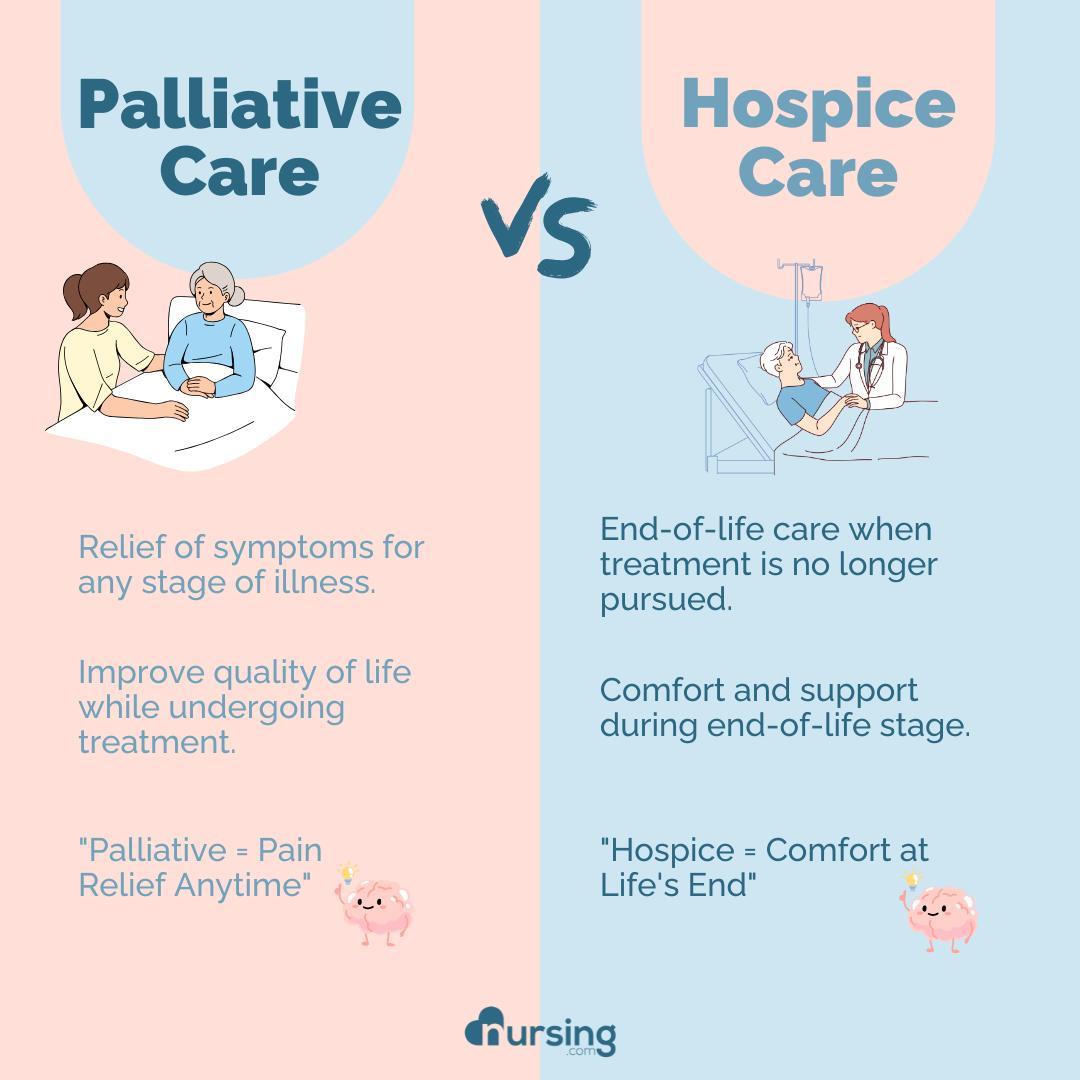Understanding Your Care Options: Hospice and Palliative Care in Utah
As the sun rises over the Wasatch Front, casting long shadows across the valley, many Utah families find themselves navigating important healthcare decisions. From the quiet neighborhoods of Kaysville to the bustling streets of Provo, understanding the difference between hospice and palliative care becomes crucial for making informed choices about care.

Drawing the Line: Key Differences
Dr. Sarah Jensen of Inspiration Hospice, serving communities throughout the Wasatch Front, explains while looking out her office window toward the snow-capped peaks, “Think of palliative care as a companion on your journey with serious illness, while hospice is specialized care for life’s final chapter.”
Timing and Eligibility
Palliative Care:
- Available at any stage of serious illness
- Can be provided alongside curative treatments
- No time limit or life expectancy requirement
- Often begins at diagnosis of a serious condition
Hospice Care:
- Focused on end-of-life care
- Generally for those with six months or less to live
- Curative treatments are discontinued
Emphasis on comfort and quality of life

Treatment Goals
Lisa Martinez, a nurse practitioner who serves patients from Ogden to Spanish Fork, explains, “Here in Utah, where family-centered care is paramount, both services focus on supporting not just the patient, but the entire family unit.”
Palliative Care Goals:
- Managing symptoms of serious illness
- Improving quality of life
- Supporting ongoing treatments
- Helping navigate healthcare decisions
Hospice Care Goals:
- Maximizing comfort
- Providing end-of-life support
- Managing symptoms
- Supporting family through the journey

The Utah Approach
“In our unique community,” shares Bishop Anderson from his ward in Sandy, “both services understand the importance of integrating spiritual care with medical support.” Both programs typically offer:
- Coordination with ward and stake leadership
- Support for family prayer and scripture study
- Respect for religious practices and beliefs
- Integration with church support systems

Team Composition
Inspiration Hospice’s medical director explains how their teams serve the Wasatch Front:
Palliative Care Team:
- Physicians
- Nurse practitioners
- Social workers
- Chaplains when requested
- Specialists as needed
Hospice Care Team:
- Physicians
- Nurses
- Certified nursing assistants
- Social workers
- Chaplains
- Volunteers
- Bereavement counselors

Location of Care
From the benches of the Avenues to the new developments in Saratoga Springs, care can be provided in various settings:
Palliative Care:
- Hospitals (like LDS Hospital or Utah Valley Hospital)
- Outpatient clinics
- Home visits
- Skilled nursing facilities
Hospice Care:
- Private homes
- Assisted living facilities
- Nursing homes
- Dedicated hospice facilities
- Hospitals when needed
Coverage and Cost
James Thompson, a social worker with Inspiration Hospice, notes, “Understanding coverage options is crucial for Utah families making care decisions.”
Palliative Care:
- Often covered by insurance
- May require copays or deductibles
- Coverage varies by provider and plan
- Some services may need preauthorization
Hospice Care:
- Fully covered by Medicare
- Most private insurance plans provide coverage
- Medications related to terminal illness covered
- Medical equipment provided
Often supplemented by church assistance when needed

Making the Choice
Emma Peterson, whose family received both services in their Holladay home, shares, “Understanding the difference helped us make the right choice at the right time. We started with palliative care when Mom was still receiving treatment at Huntsman Cancer Institute, then transitioned to Inspiration Hospice’s care when the time was right.”
Questions to Consider:
- What are the current goals of care?
- Is curative treatment still desired?
- What level of support does the family need?
- What are the patient’s wishes?
- How can spiritual care be integrated?

Next Steps
For Utah families considering either service:
- Discuss options with your healthcare provider
- Consult with family members
- Talk with your bishop or religious leader if desired
- Contact providers like Inspiration Hospice for information
- Consider a family council to discuss decisions
Whether you’re looking out at the Great Salt Lake or the peaks of Mount Timpanogos, knowing your care options helps ensure you receive the right support at the right time. Both palliative and hospice care can provide invaluable support to patients and families, each serving its unique purpose in the journey.
For more information about palliative or hospice care services in the greater Salt Lake area and beyond, contact Inspiration Hospice. Their experienced team understands Utah’s unique community needs and can help guide you to the most appropriate care options for your situation.
Remember, choosing between palliative and hospice care isn’t about giving up hope – it’s about defining what hope means for your journey.
